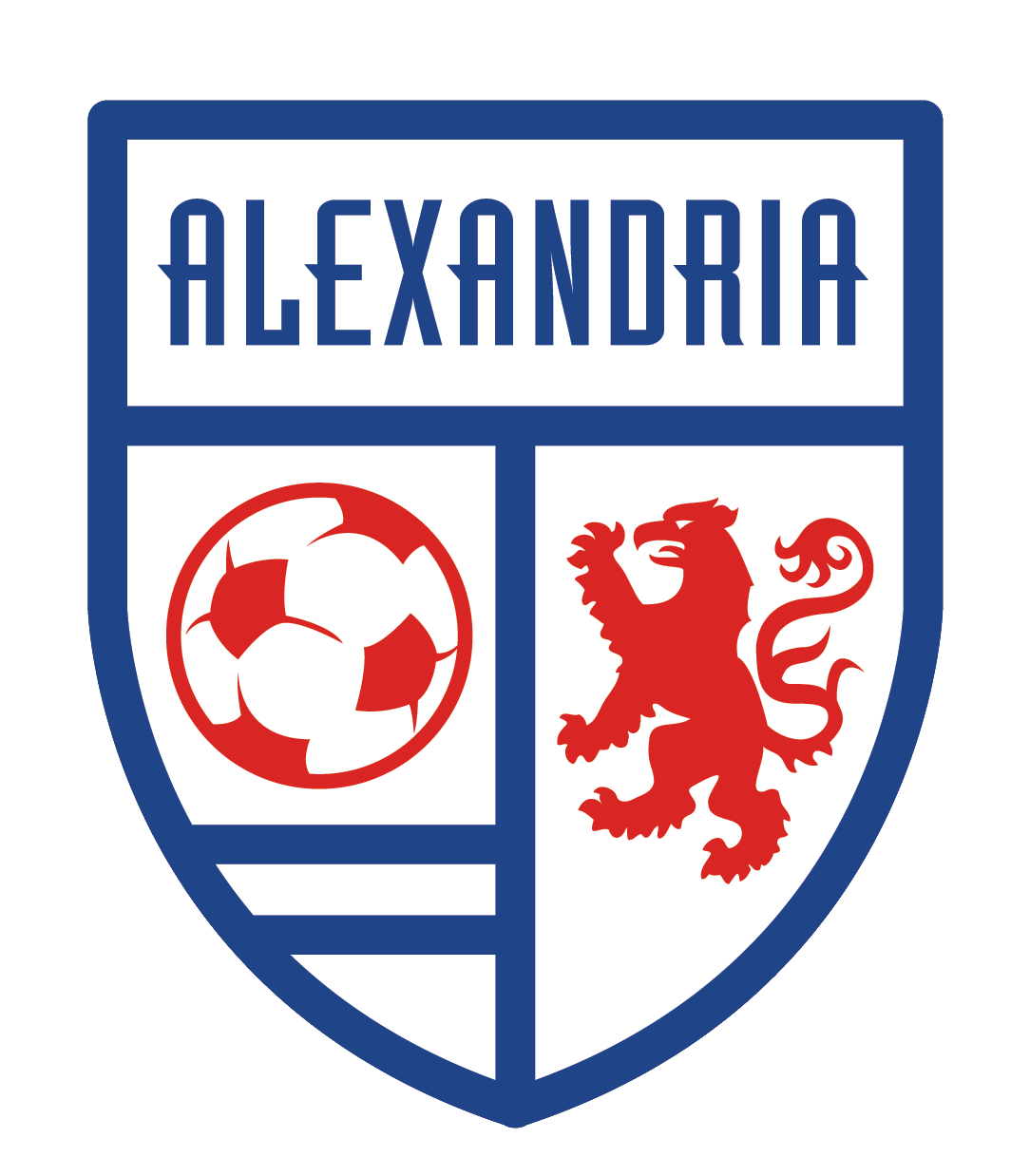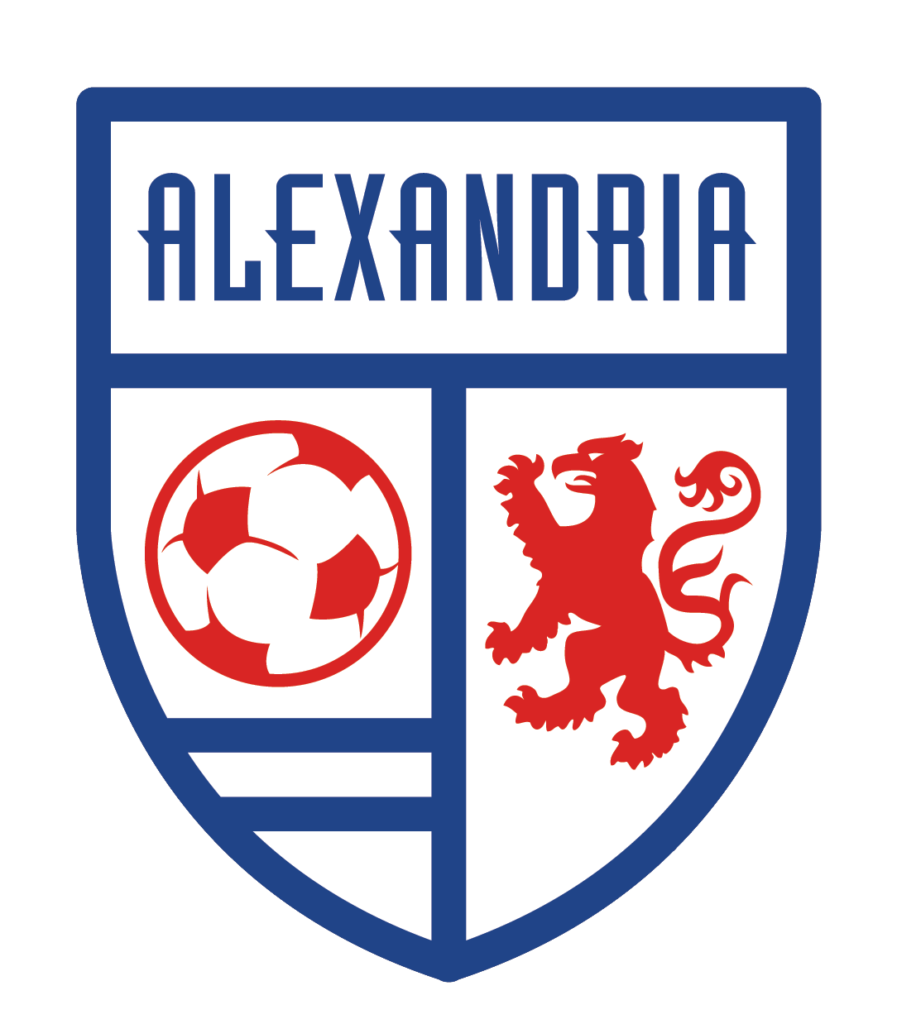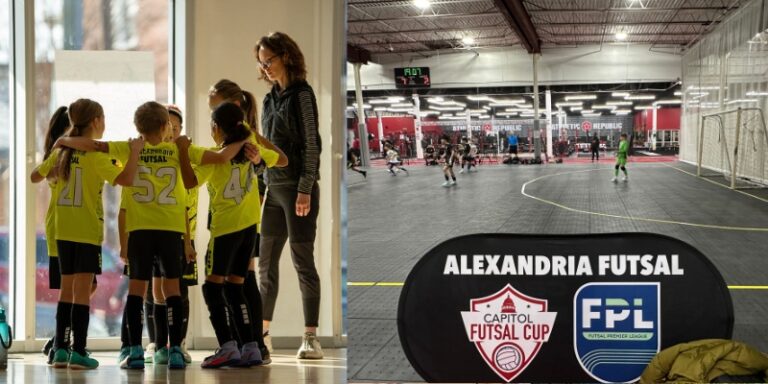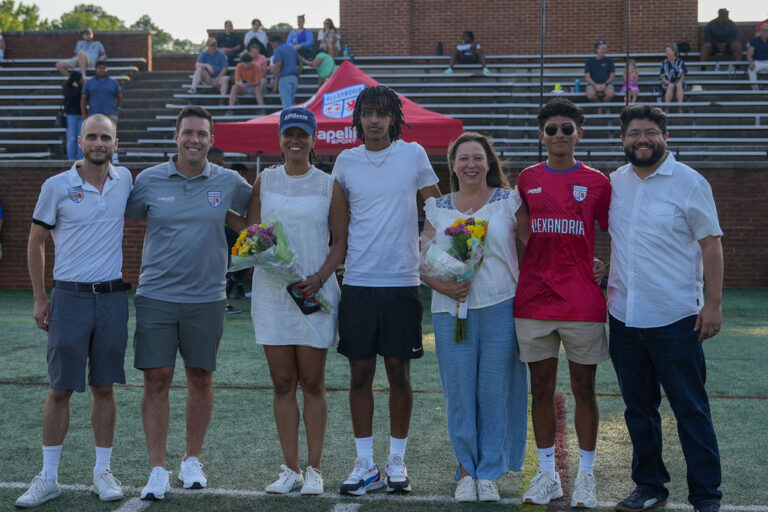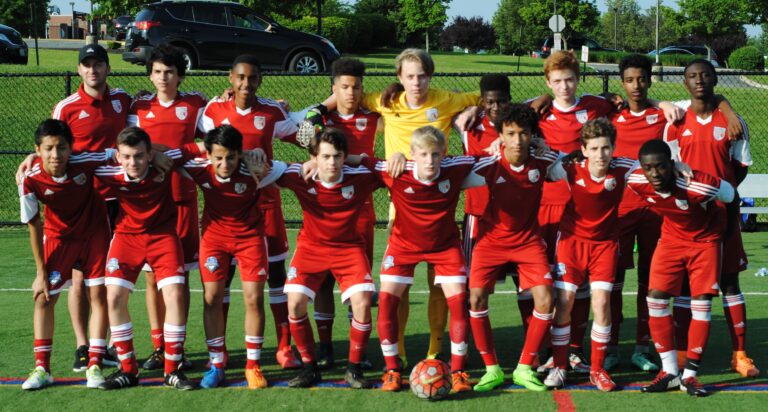Co-authored by Jenn Schwartz and Noelle Ekonomou DPT of One2One Physical Therapy
There is an abundant amount of press and information about concussions and how often they are diagnosed. There is NOT an abundant amount of treatment option information outside of, “rest until your head stops hurting.” This is outdated information and certainly not sound advice for dealing with an injury to a vital organ!
The most recent (April 2017) consensus from an expert panel on concussions, at the International Conference on Concussion in Sports, resulted in new suggestions on concussion recognition, recovery and prevention.
The most notable changes from the conference include the importance of a sideline evaluation, becoming gradually and progressively more active 24–48 hours post concussion , following Return To Play Protocol, and performing Vestibular rehabilitation.
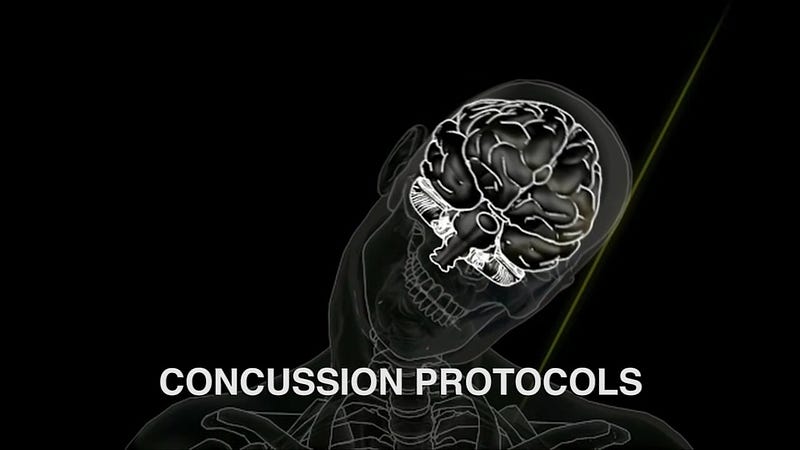
See the publication here in the British Journal of Sports Medicine.
To get players moving safely and gradually I highly recommend Physical Therapy and even Nutrition Therapy to fully recover from a concussion. These injuries are technically Traumatic Brain Injuries and should not be brushed off lightly.
Can Physical Therapy (PT) Help my child recover from my concussion?
The short answer to this question is yes, PT can help your child fully recover! When the brain is the root of the injury, the vision, vestibular, and postural systems are branches that also become injured in the process. A Doctor of Physical Therapy must evaluate and treat the systems that are affected. The vestibular system controls your balance, and is closely related to your vision and neck posture.
Physical therapists can perform Vestibular Therapy which has the strongest evidence for treating symptoms of concussion which may include dizziness, headache, blurry vision, balance and coordination difficulties (1). In fact, vestibular therapy outweighs medication for the treatment of concussion symptoms, and no pharmaceutical interventions have been shown to accelerate healing of the brain (2). Quite simply, seeing your pediatrician and taking medications and “resting” your brain is not enough.
Specialized vision and balance exercises will help restore balance. Vision exercises are ultimately combined with balance training to rehabilitate higher level activities and return to sport tactics. A Doctor of Physical Therapy will also treat the muscles, ligaments, and joints around your head and neck. These structures are often injured during a concussion, and treatment can improve headaches and migraines. The goals for therapy is to improve the brain’s ability to control eye alignment, movement, focus, balance, visual processing, and desensitize the player from symptom triggers.
Recovering from a concussion requires care from a team of multidisciplinary healthcare professionals. A Doctor of Physical Therapy can play a vital role in recovery within this team. Other providers that can be sought out include a Neurologist, Optometrist/Ophthalmologist, and a Neuropsychologist. Together, this team can get the player back to playing sports again, prevent a further, potentially more damaging concussion, and ensure mental health for a growing child.
- Broglio, S. P., Collins, M. W., Williams, R. M., Mucha, A., & Kontos, A. (2015). Current and emerging rehabilitation for concussion: A review of the evidence. Clinics in Sports Medicine, 34(2), 213–231. http://doi.org/10.1016/j.csm.2014.12.005
- Meehan, W. P. (2011). Medical Therapies for Concussion. Clinics in Sports Medicine, 30(1), 115–ix. http://doi.org/10.1016/j.csm.2010.08.003
